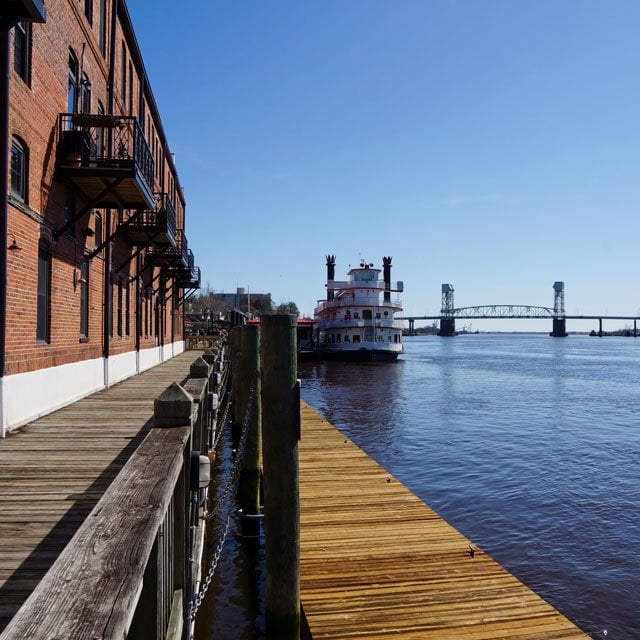Related: 15 Best Cities for Millennial Homebuyers: 2021
Real estate investors’ purchases accounted for 15.4% of all home purchases nationally in the second quarter, compared with 11.5% in the 2020 second quarter, the property information company RealtyTrac reported Thursday.
At the state level, the year-over-year percentage of investor purchases among all home sales increased in all states and the District of Columbia with the exception of Alaska, Louisiana, Maryland, Nebraska, Vermont and West Virginia.
The increases, though notable, do not reflect a significant change of course for investor purchase activity, RealtyTrac Executive Vice President Rick Sharga said in a statement.
“Historically, investors have always accounted for somewhere between 10% and 15% of residential home purchases, and our data shows that this is still the case today, albeit at the high end of that range,” Sharga said.
“But the data doesn’t support the ‘Wall Street is buying up Main Street’ theme that’s been a popular theory for the past year or so.”
Investor Homebuyers Pay Less
The RealtyTrac report, which cited home sales data from ATTOM Data Solutions, also showed that investors across the country paid an average of 29.4% less than consumers in the second quarter, with a median purchase price of $205,000 for investors versus $290,230 for all home purchases.
Among the 38 states with full reporting data for this metric, including the District of Columbia, investors paid less than the state median sale price in all but five states, in which they paid at or more than the state median:
- Vermont: average 34% premium over state median.
- California: average 3.3% premium.
- Massachusetts: average 3% premium.
- Washington: average 1% premium.
- Nevada: on average, the same as the state median sale price.
“Another misconception is that investors are overpaying for properties, making it difficult for consumers to compete and artificially driving up prices,” Sharga said. “But successful investors tend to look for below-market pricing in order to make a profit on their purchases.”
Many investors buy properties with cash, which gives them a chance to get properties at a discount, he said.
In the second quarter, 79% of all investor purchases were cash sales, up from 69% a year earlier. Cash purchases accounted for more than half of all investor purchases in every state, including the District of Columbia, except Alaska.
This compares with the second quarter of 2020 when cash purchases accounted for more than half of all investor purchases in only 41 states, with 10 states at less than 50% in cash purchases.
See the gallery for the top 10 states with the highest real estate investor purchase share.
— Related on ThinkAdvisor:







 October 22, 2021 at 02:40 PM
October 22, 2021 at 02:40 PM





















 Slideshow
Slideshow





